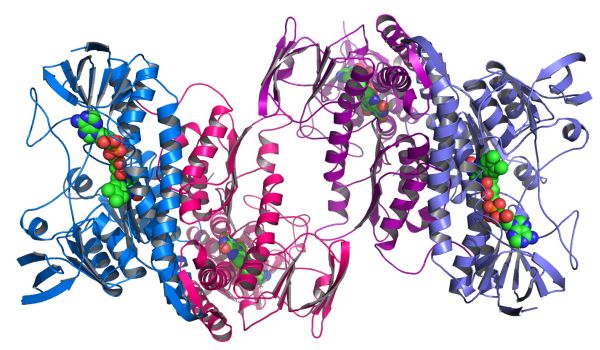Screening Layer Tally by Container Average Potential
This tool will calculate the number of salt ions needed in a molecular dynamics simulation. The method computes the average electrostatic potential required to maintain charge neutrality in a solution of concentration n/vt, where vt is the volume of the simulation box and n is the number of solute molecules in the box. The important quantities for the calculation are the total charge on the solute(s) and, vw, the volume of the solvent in the box. Several methods are available to estimate the solvent volume. The protein mass is only needed to compute the volume occupied by protein and can be set equal to zero if the solution volume is known (in this case the box dimensions should be chosen to give the correct solvent volume).
It is often desirable for the simulation to mimic the conditions of dilute solution. This is occurs when the ionic environment at the periphery of the simulation box resembles that of bulk solution. As a rule of thumb, this can be achieved when the solvent layer between the solute surface and the edge of the simulation box is at least one, and preferably two, Debye thicknesses. See below for a table of values of the Debye screening length.
| Salt Concentration | Screening Length |
|---|---|
| (mM) | (nm) |
| 10 | 3.0 |
| 50 | 1.4 |
| 100 | 0.96 |
| 150 | 0.78 |
| 300 | 0.55 |
| 500 | 0.43 |
| 1000 | 0.30 |
Please attribute use of this tool by citing the following paper:
"SLTCAP: A simple method for calculating the number of ions needed for MD simulation"
Jeremy D. Schmit, Nilusha L. Kariyawasam, Vince Needham, Paul E. Smith
J. Chem. Theory Comput. 14, 4, 1823-1827 (2018)

